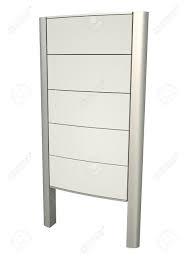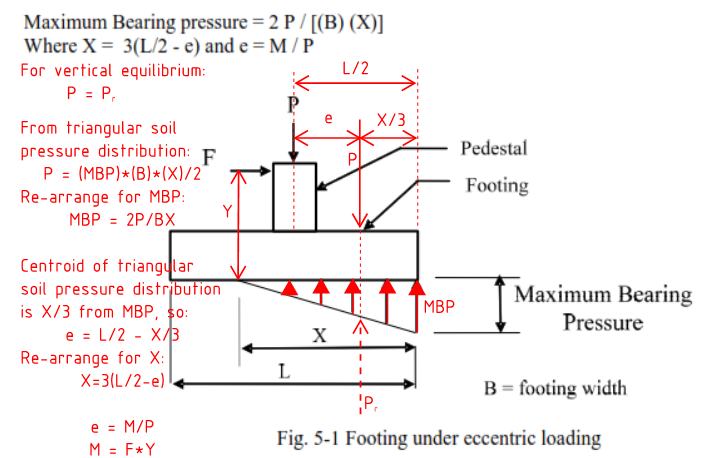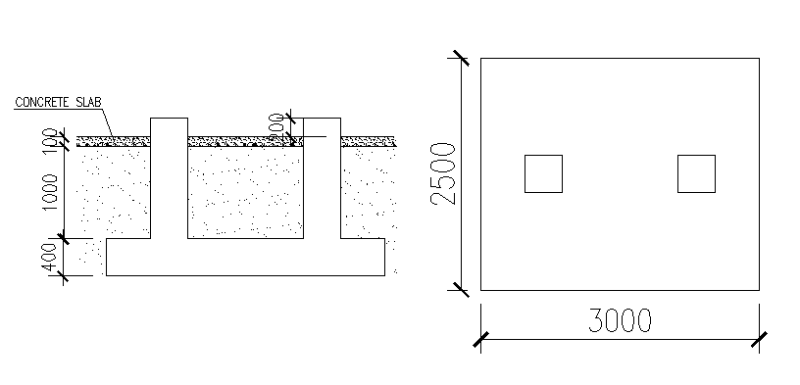Joshiru
Civil/Environmental
- Feb 7, 2017
- 5
Hello Engineers,
I have been asked to design a pylon sign 6m(high) 2m(width) Supported by two metal columns (not sure yet if I beam or Tube) and closed my signs. I'm using a wind speed of 60 m/s and I try to get the reactions on the support using STAAD.Pro. During the manual computation for the design of the combined footing I get a negative reaction on bearing (The moment is too strong due to the wind and the Weight of the structure is Small). I asked some of my co-workers and they said to increase the size of the footing to get a positive bearing reactions however on site I cannot Increase the size due to some limitations. what else are the other solution for this? And another question on equation e=M/P is soil weight, footing weight is included on P?

I have been asked to design a pylon sign 6m(high) 2m(width) Supported by two metal columns (not sure yet if I beam or Tube) and closed my signs. I'm using a wind speed of 60 m/s and I try to get the reactions on the support using STAAD.Pro. During the manual computation for the design of the combined footing I get a negative reaction on bearing (The moment is too strong due to the wind and the Weight of the structure is Small). I asked some of my co-workers and they said to increase the size of the footing to get a positive bearing reactions however on site I cannot Increase the size due to some limitations. what else are the other solution for this? And another question on equation e=M/P is soil weight, footing weight is included on P?




